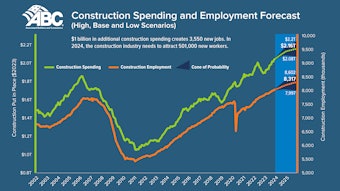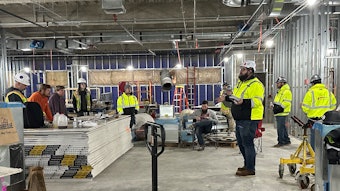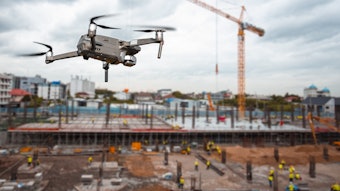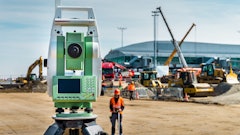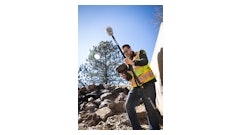
Can you always trust what you see before your eyes? There is something to be said for a first-person account on a jobsite. Then again, there is a lot of information the site supervisor might not know. For example, if the new Journeyman has earned the proper certifications or if the project is being built in accordance with local ordinances.
These two common situations require information from the back office to be coordinated with what is happening on the jobsite. Otherwise, safety risks go up, productivity is stalled, and profitability goes down.
As the saying goes, it costs $1 to fix a problem at the beginning of the project and several thousand to fix it later.
Getting ahead of potential issues like these is the primary reason project management platforms have taken off over the past several years. As these platforms evolved, and the mobile-first workforce began leading projects, it further accelerated digital transformation in construction. According to Pitchbook, $50 billion was invested in architecture, engineering, and construction (AEC) tech between 2020-2022. This was an 85% increase over the previous three years.
While digital transformation, and project management platforms in particular, helped eliminate old-school paper processes, tedious data entry, and disconnects from the field to the back office, it also created an issue that construction companies are now addressing.
As field teams and line of business managers procure their own tech solutions, download apps, and create shortcuts using low and no code tools, it does streamline a lot of work in the short term. In the long-term, when those tech tools do not easily share information, it cancels out the productivity gains.
For example, to get a big picture view on the status of a project requires employees to pull data from various tools that contain information that may not be in the project management platform. Extracting that information to make sense of it creates additional unnecessary work. Work that takes away from an employee’s ability to focus on more impactful activities.
In fact, an April 2024 survey by Quickbase found that employees were spending 11 hours a week, on average, chasing information from different systems and people. What is more, 58% report spending less than 20 hours per week on meaningful work that drives results. This issue is known as Gray Work, and it creeps into even the most IT-savvy construction companies.
How Gray Works Distorts Information
Despite employees working longer hours and getting less done, the productivity drain often comes as a surprise. For some construction companies, they assume that busy work is just part of the job. For others, they believe a project management platform is a one-stop-solution. While construction project management platforms have changed the industry for the better, they can come with learning curves. Also, integrating all the digital tools used throughout the company into the platform can be costly and time consuming. Somewhere in the middle is a better way to work.
This does not mean that investments in project management platforms and digital tools are not worthwhile. But it does mean that it is time to get more out of those investments.
In response, dynamic work management platforms are bridging the information gap and eliminating the learning curve. Instead of adding another layer of complexity, this strategy centralizes information, allowing workers to focus on their work instead of chasing information. From there, they can make decisions based on a real-time view of every aspect of the project – including what is happening on the jobsite.
Eliminating Gray Work Improves Safety, Productivity
Here is an example of how a large construction company addresses the Gray Work issue.
Like most contractors, at any given time there are several projects in various stages of progress. Each project has tens, if not hundreds of spreadsheets containing information about tools, materials, resources, and information at the point of installation. Meanwhile, a tech stack including BIM software, mobile apps for tracking who is on the jobsite, and a project management platform to capture and store information from these inputs.
Employees in the office race to keep up with daily assignments, knowing delays in the back office have a ripple effect on jobsites; meanwhile, site supervisors lack visibility into staffing shortages or delays in materials and supplies until it’s too late to make alternative plans.
When it comes to documenting safety processes, each job requires in-person meetings for specialized worker safety orientation, with each training asking workers to complete and sign physical safety documentation. Meanwhile, OSHA-mandated Toolbox Talks change weekly, making it challenging to establish a standardized safety procedure. The result is mountains of paperwork being input into various spreadsheets and digital tools for compliance, client reporting, certification tracking, and project management.
A dynamic work management platform centralizes the information across the company. A low/no code platform makes it easier to create and customize applications and see when new processes, tools or apps are introduced and the information becomes part of a project workflow.
Further, new apps created for a specific jobsite can be useful for other projects. For example, a standard safety app can be easily edited to include specific safety gear and local mandates without having to create it from scratch, with the ability to capture photos and other on-the-site information that can help identify any recurring issues or breakdowns in protocols. Along with saving time, it eliminates the creation of several variations of the same form.
A centralized, real-time view of all projects ensures safety risks are reduced, employees are deployed according to their skills and experience, and potential project delays are spotted earlier for pre-emptive action.
